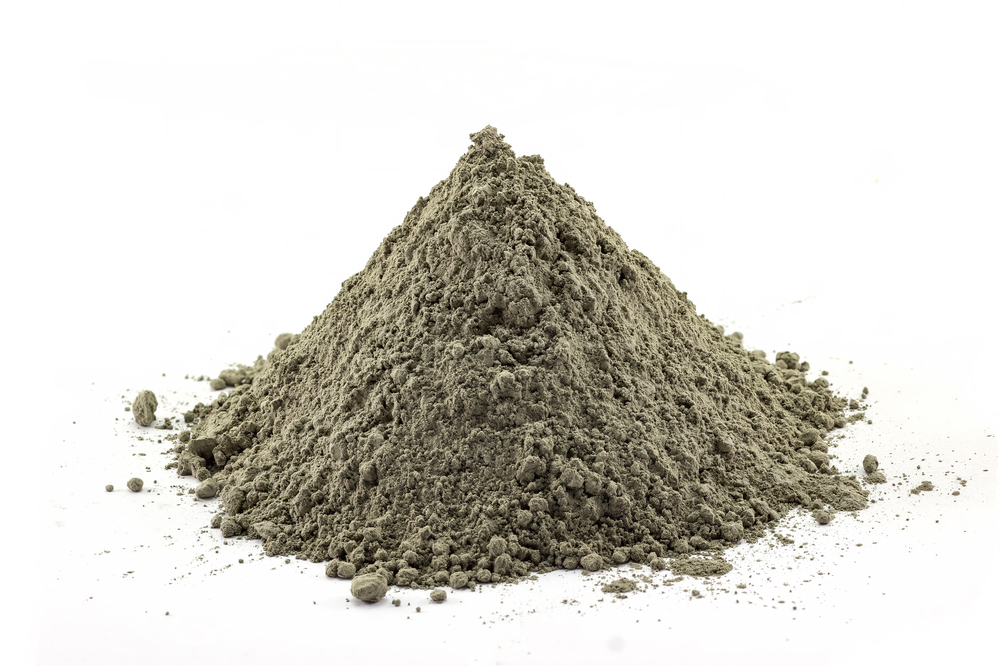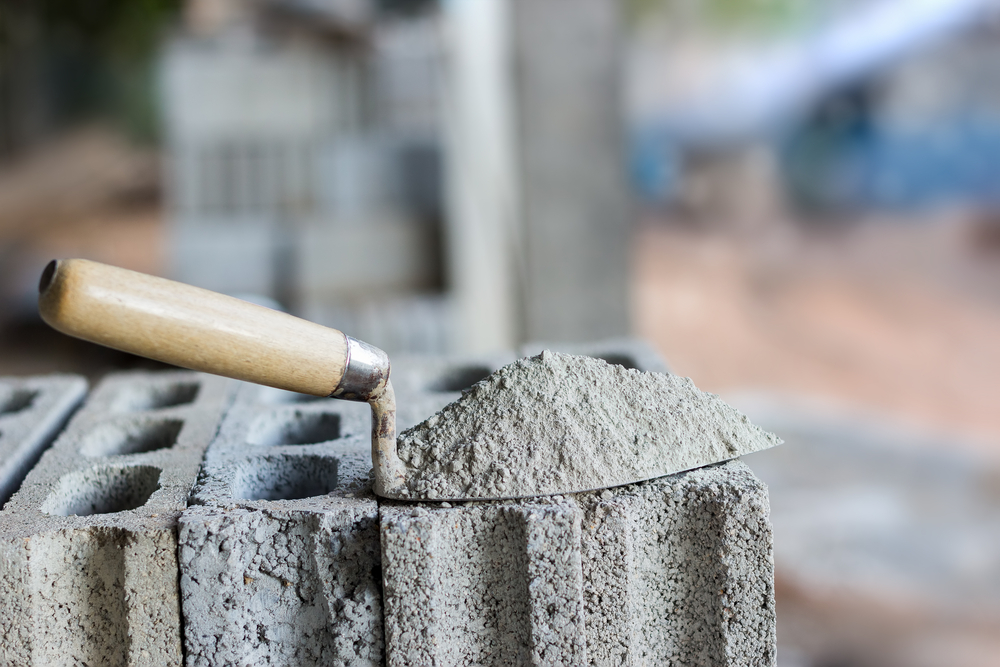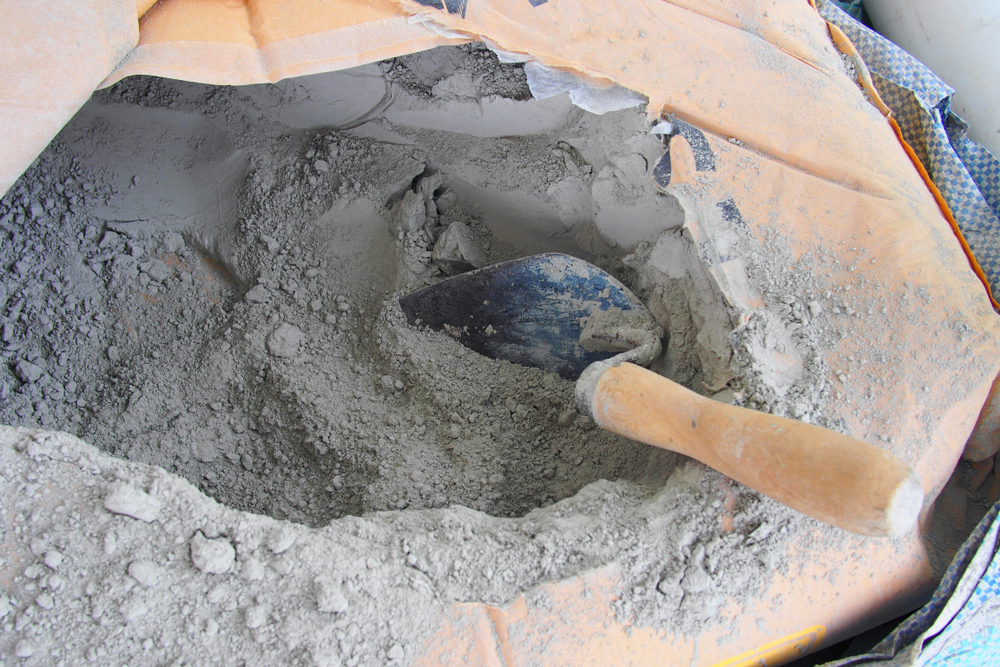Cement
HOW IS CEMENT PRODUCED?
The word “cement” derived from “caementum” in Latin meaning hewn stone chips and then started to be used in the meaning of “binder”.
As raw materials, limestone, clay and marl are loaded to vehicles in the area of quarry. The dimensions of the raw materials brought from the quarry are reduced to 25×25 millimetres in a jaw crusher equipped with a dedusting unit. Crushed raw materials are stocked by types. Dusts are recovered by bag filters at transfer points. The raw materials taken are milled and turned into raw meal.
The main constituents of the raw meal, which is a carefully proportioned mixture of cement raw materials, are lime and silica. Lime is included through calcium carbonate-containing rocks such as limestone or marl. For silica, on the other hand, the principal source is clay. These are followed by alumina and iron oxide. There are also other materials such as magnesium and alkali oxides in lower amounts. Taken after being weighted in the raw meal silo, raw meal is fed to a pre-heater tower made up of cyclones. Raw material is heated from 30oC to 1000oC and calcined by 90%. It is a fully closed system and does not emit any pollutant.
While raw meal is dried in the kiln, the oxides contained in the raw material are released and then create new compounds between each other as the temperature rises. Raw meal coming out of the pre-heater is dried in the rotary kiln at 1500oC and, for calcination, granulated. This operation is performed in vertical or ball mills. The output is called clinker. Coming out of the kiln at 1300oC, clinker is cooled until its temperature falls to 100oC. During grinding, pressurized water is given into the mill so as to prevent temperature rise. Then, this clinker is collected in the clinker stokehold.
Clinker coming out of the cooler is regarded as an intermediate product in cement production. Cement is obtained as clinker is ground with a certain amount of calcium sulphate. In grinding clinker and plaster, mainly ball mills are used. Steel cylindrical mills having a diameter of approximately 3m have chambers filled with steel crusher balls up to one-third of their volume. As the cylinder rotates, balls crash into and crush clinker grains. In the final chamber, desired fineness is obtained. During grinding, 3-5% calcium sulphate by weight is added to the clinker. This operation is mandatory in terms of controlling cement’s chemical reactions and hardening process when mixed with water and this product is sent to silos.
1- Bagged Cement: Cement is put into bags made up of three-layer special Kraft paper or PP (polypropylene). These bags are for 50 kilograms both in our country and in many other countries. However, it is known that bags for 25 kilograms or 42, 5 kilograms (94 lbs) are also used in some countries. Also in exportation, 1, 5 m/tons big bags are used as bulk.
2-Bulk Cement: Cement is loaded directly to special tankers (silobas) from the silo and dispatched to concrete plants in ready-mixed concrete plants or in building sites.
Cement is produced on the basis of specific standards. The technical committee TC 51 of the European Committee for Standardization started to prepare the cement standards, which would apply for most of the European countries, in 1973. Considering that a large number of cement types were being used in conformity with local standards in different European countries, the committee included a great number of cement types in EN 197-1 it prepared for general-purpose cements. This European standard, which is directly accepted to be a Turkish standard, superseded general-purpose Turkish cements.
In TS EN 197-1 , new general-purpose cements are called “CEM Cement”.
Accordingly;
CEM Cement means the cement the hydraulic hardening of which occurs primarily as a result of the hydration of calcium silicates and which is required to contain minimum 50% reactive CaO and reactive SiO2 by mass. It is composed of portland cement clinker, calcium sulphate and different mineral additives.
According to the standard, CEM Cements are in 5 main types containing 27 sub-types.
CEM I: In this group, as a result of grinding clinker only with calcium sulphate and maximum 0-5% mineral additives by weight as the minor component, Portland Cement is obtained.
CEM II: In this group, the amount of mineral additives is 6-35%. Depending on additive type, cements in this group are called as Portland Slag, Portland Pozzolanic, etc.
CEM III: This group includes Blast Kiln Slag Cements. The amount of additives is 36-95%.
CEM IV: This group includes Pozzolanic Cements. In these cements, slag or limestone is not used as additive. The rate of additives varies between 11% and 55% together with pozzolana and fly ash additives.
CEM V: This group includes Composite Cements. Both slag (18-50%) and pozzolana and fly ash (18- 50%) are added to such cements by changing their amounts within specified limits. Their amounts are adjusted so that the rate of clinker remains between 20% and 64%.
Apart from these, there are 5 more cement types which are produced for exclusive use thanks to the mineral additives that are added either during clinker production or afterwards and included in TS EN 197-1. These are:
Sulphate-Resistant Cements are obtained as clinker produced with limited amount of tricalcium aluminate (max 5%) is ground with calcium sulphate.
White Portland Cement is obtained as white-like clinker produced by firing special quality clay and limestone together is ground with a certain amount of calcium sulphate.
Mortar Cement is a finely-ground hydraulic binder containing Portland Cement Clinker necessary for improving strength. It enables to prepare mortar suitable for using in wall, plaster and coating works by mixing only sand and water without need for any additional component.
Blast Kiln Slag Added Low Early Strength Cements have limited hydration temperature, blast kiln slag addition and low early strength.
PRODUCT
CEM 1 52.5 R/N
STANDARD
EN 197-1:2011
Type G cement is the product obtained by one or more kinds of calcium sulphide with Portland cement clinker as retarder. It mainly consists of hydraulic calcium.
It is generally used in structures requiring high early strength, concretes poured in cold weather, prefabricated structures, tunnel-mold practices, production of construction chemicals and foundation concrete works.
It is also suitable for use in sea water, as it brings resistance to sulphate ions in areas with a mineralogical structure containing chloride ions.
PRODUCT
CEM 1 42.5 R
STANDARD
EN 197-1:2011
Portland cement; limestone, marl, clay, iron ore, pyrite ash, bauxite, etc.… At appropriate proportions of raw materials, milling, cooking of the clinker obtained, the amount of retarder (generally compose d of a ground with gypsum); It is the product gains strength after a certain time being mixed with water. In general, the structures that requires high strength, cold weather in poured concrete, prefabricated structures, tunnels – in the mold applications, construction chemicals used in the manufacture and application of concrete foundation.
PRODUCT
CEM II / A-M (PL) 42,5R
CEM II / B-M (P-L) 42,5N
STANDARD
EN 197-1:2011
It is obtained by grinding a certain amount of Portland cement clinker with mineral additives (trass) at proportions CEM II / A-M (PL) 42,5R (maximum 20%) CEM II / B-M (P-L) 42,5N (maximum 30%) and defined in respective standards with reamer (gypsum) and gains resistance by freezing a while after it is mixed with water.
It is generally used in all practices where Portland cement is used. Its hydration heat is lower than Portland cement. It is suitable for use in concrete works in aggressive environments containing ions like sulphide and/or chloride.
PRODUCT
CEM IV/B (P) 32.5 R/N
STANDARD
EN 197-1:2011
It is obtained by grinding a certain amount of Portland cement clinker with mineral (pozzuolana) at proportions (maximum 55%) defined in respective standards with reamer (gypsum) and gains resistance by freezing a while after it is mixed with water.
It gains resistance later than portland cement (CEM I 42,5 R and CEM I 52,5 N) and portland pozzolanic cement (CEM II/A-P 42,5 R). Water/cement rates are also relatively higher. It is more resistant to alkali-aggregate reaction and chemical external factors. It is generally used in repair works in constructions, plastering and production of construction chemicals.
PRODUCT
SRC 42.5 R (SULPHATE RESISTING CEMENT)
STANDARD
EN 197-1:2011/TS 10157
SRC 42, 5 R is the product which is obtained by grinding clinker, which is acquired by mixing raw materials like limes tone, marl, clay, iron ore, pyrite ash, bauxite etc. at appropriate rates, grinding and boiling them, with an amount of reamer (generally gypsum) and mixing it with water and which gains resistance by freezing up in a certain time.
It may be generally used in areas where normal Portland cements are used and it is also suitable for use in areas exposed to sulphated water like dam constructions, tunnels, port constructions, irrigation channels, construction chemicals as the amount of C3A is below 5%.
PRODUCT
OIL WELL CEMENT Class G, MSR and HSR Type
STANDARD
API SPEC Q1 and API SPEC 10 A
Type G cement is a product obtained as Portland cement clinker is ground with one or more types of calcium sulphate as retarder. It is primarily comprised of hydraulic calcium silicates. In the production of Type G well cement, no additives should be used other than clinker and calcium sulphate. This type of cement is mainly intended for well cement. Well cement has types such as medium sulphate resistance (MSR) and high sulphate resistance.
PRODUCTS
Clinker
Sulphate-Resistant Portland cement Clinker
Low Alkali Clinker
Type Of Cement ASTM I/II ASTM C150
In case of special demand, the above-listed cement types may be exported with reduced chromium in line with 2003/53/CE European Commission Directive.






